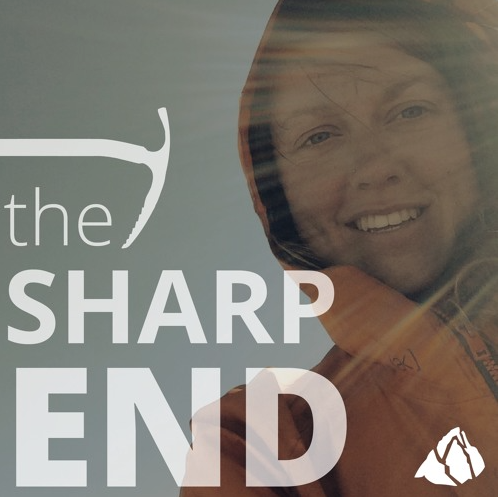Bouldering Fall — Missed Pads
Canada, British Columbia, East Kootenay, Bootleg Boulders
On June 16, rock season was in full swing in the East Kootenay region. The sport climbers were sending at Lakit Lake, the alpine climbers were planning for the Bugaboos, and the small community of boulderers were finding new rocks to climb.
I’m Drew Leiterman (age 31), and I’ve been climbing for 13 years. I had just met overstoker Steve on Facebook. He’d been scrubbing a bunch of boulders on Bootleg Mountain and was going to show me the work he’d been doing. We decided to pack only one pad each because this was mainly a recon mission with a lot of scrambling on the hillside. After a couple hours of exploring, we ended up at a nice sector about a half hour uphill from the parking area. We chucked our pads down and warmed up on some easy problems.
We found a nice unclimbed high-ball with good holds. It started with 15 feet of incuts on vertical rock, then kicked back to a slight overhang for the last five. I climbed with ease to the top (V1-ish) only to get stumped on the final mantel. Above the lip, the rock was void of holds and was still pretty dirty. After trying unsuccessfully to figure it out, I decided to downclimb (it was well within my ability) and check it out from above.
After reversing two moves, as I moved my left hand down to another hold, my right handhold broke. I fell and somehow landed a foot away from the crash pads. Steve had been spotting me, but the combination of the height and the sudden fall made things tricky. I actually partly landed on him, throwing him back. He ended up with some pretty bad bruising on his torso.
It felt like I’d sprained my left ankle so I pulled my leg up. It was the worst-case scenario: My talus bone had exploded out the side of my foot. My foot was detached from my lower leg and held on by a bit of skin.
Like any true millennial, my first reaction was to take a selfie. Then we put on a tourniquet. We had no cell service and hadn’t brought a satellite phone on our “casual” day of bouldering. We’d also scrambled up a lot of loose talus, so getting a piggyback from Steve seemed dangerous. It was close to 6:30 p.m., and we decided the best action was for Steve to run to his vehicle and get a cell signal. We’d both driven, and his car was parked below, near my van.
Almost a year prior, a friend had severed his finger and we had called SAR to get him to a hospital to get it reattached, but it took several hours for the helicopter to arrive. With that in mind and it being close to dark, I wasn’t excited to wait around. I waited five minutes (which felt like hours) and started crawling down the talus to my van. For the most part it went fine, switching between scooting on my butt and downclimbing using my knees and good foot. My bad foot would flop uncontrollably and the bone would move in and out of place.
At one point I had to overcome an oven-size boulder. Just as I was getting to the bottom, the whole thing started to shift. I got out of the way, but in my haste, I touched my bloody stump on the ground. I sat there for five minutes, feeling lucky I wasn’t pinned, but also looking at all the dirt I had accumulated on my wound. I was mindful that I was probably in shock and could pass out at any moment. I continued to push on. After about 45 minutes or an hour, I made it back to my van.
Steve had gone to call for help, and there was no way to communicate as I still didn’t have a cell signal. My brain was in full survival mode. Nothing could stop me from getting to the hospital. I started driving. (Thankfully my van is an automatic.) I drove for 15 to 20 minutes toward town when I saw an ambulance driving toward me. I pulled over and waved them down. They were surprised, to say the least, that I was driving in my condition. Steve drove up a little after I waved down the ambulance.
In the hospital I found out that, when my foot impacted the ground, my talus bone dislocated from my calcaneus and snapped two tendons, an artery, blood vessels, nerves, and most of the ligaments on the inside of my ankle. I had two surgeries in seven days.
ANALYSIS
Fast-forward ten months and I have 80 percent mobility back. I’m climbing and working and very optimistic for a full recovery.
Thinking back, I believe Steve and I made the right decision to get me to the hospital as quickly as possible. The doctor later told me that the sooner they can operate, the better their chances for saving a foot after an accident like mine. But I don’t think they would promote “hiking” or driving in that condition. I also knew that a tourniquet could cause serious complications, but I wanted to keep the blood flow to a minimum so I opted to keep it on.
I also think bouldering can be more dangerous than most people think. I fell maybe 15 feet and missed my pads by a foot or less. What would I do in the future? Bring more pads and scope the top-out before going for anything that’s too tall for a fall. (Source: Drew Leiterman.)


